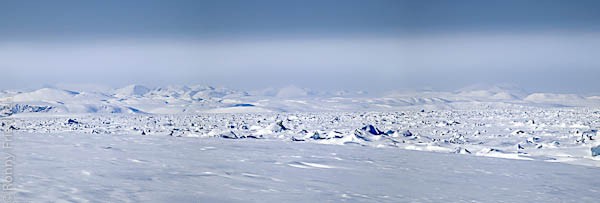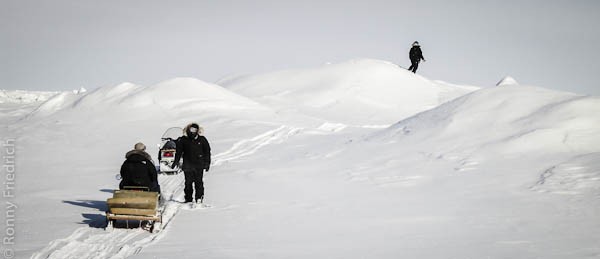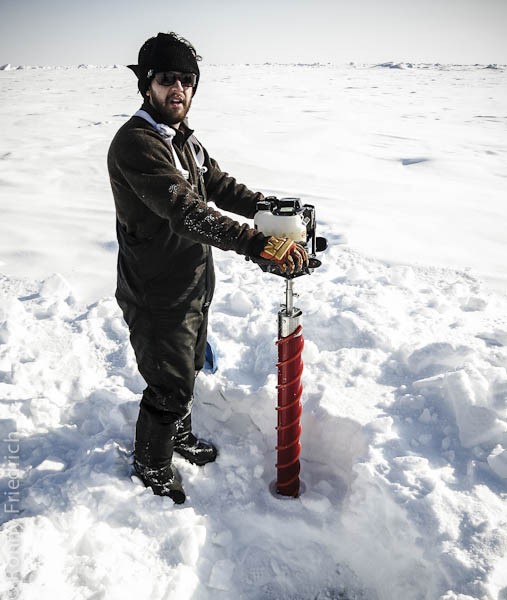Ice cores…finally
Today I got another chance to go out with team CASIMBO to drill ice-cores. The weather was beautiful with no wind, a few clouds, bright sunshine and a balmy temperature of about 5 degrees F. When I first saw sea ice near Alert a few years ago, I was very surprised. It wasn’t anything like… read more
May 11, 2012



